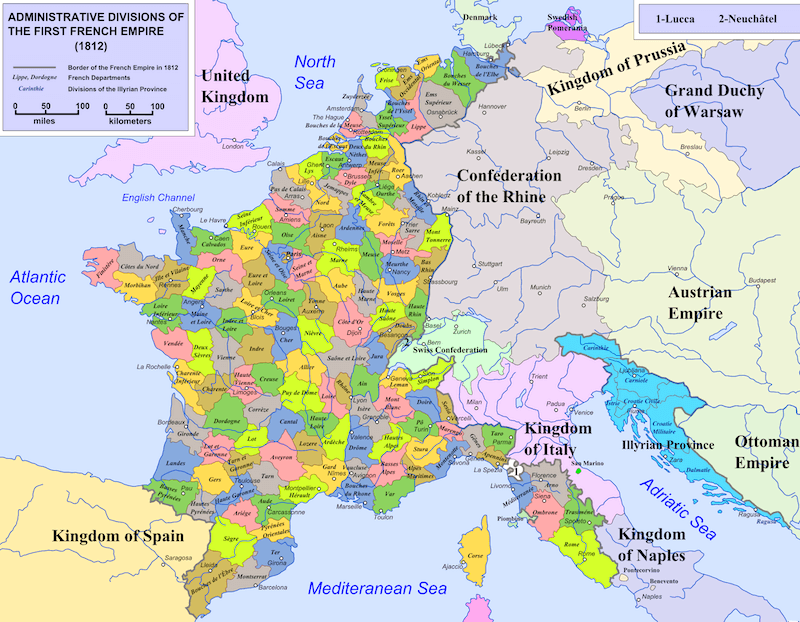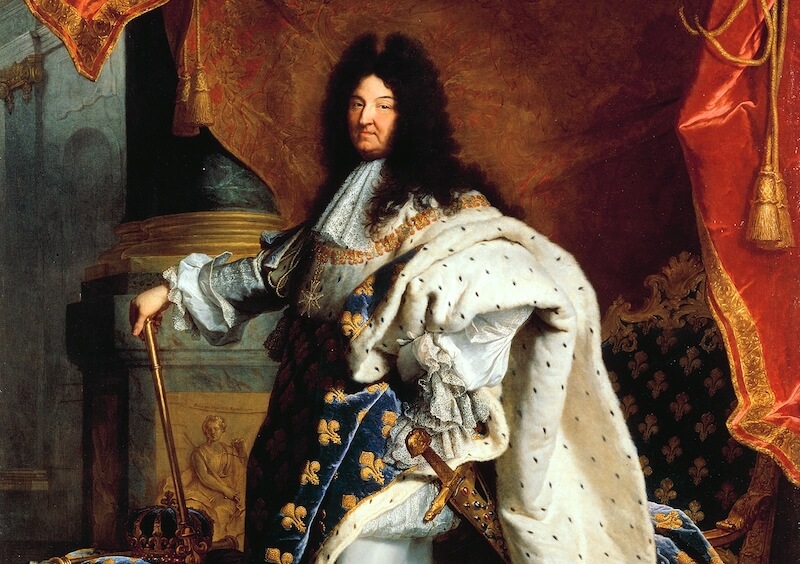Unsure about your French table manners? Click Here to download > > How to avoid these 10 food etiquette mistakes !
- Home ›
- Culture & Civilization of France
Culture, History and Civilizations of France: The Backstory
Published 15 January 2021 by Leyla Alyanak — Parisian by birth, Lyonnaise by adoption, historian by passion
People are often proud of their country and I am no exception – I believe the culture and civilization of France are unique and incredibly rich, and here I'd like to lay out some of its highlights for you.
There's so much to learn about France and one can never pretend to know it all, or even a little. But what we can do is find the twist, the unsaid, the offbeat side of a situation or event.
So many things have been written about the French... we are proud, arrogant, rebellious, rude and on and on. Many of these things are true!
But we are defined by more than our personal characteristics – there are broader things that bind us.
Because if you want to drill down into France, make it your best friend, there's no getting around it... you'll have to make friends with its history, culture and lifestyle, its foods and traditions, its art, and yes, its genius.
French history: Window to the present
France's present-day culture is colored by its history: this land has been settled forever, or at least since the Iron Age (we have evidence: many painted caves).
The region then known as Gaul was a key part of the Roman Empire (which they conquered from the Celts). We also have plenty of evidence from the numerous Roman ruins they left behind, like the Arles Amphitheater or the ruins of Lugdunum, the former Lyon.
Then the Middle Ages happened, as elsewhere in Europe, some lost in time, but some not, like in 1066 when William of Normandy, a French subject, conquered England. It is a moment that changed the course of European history, and is even recounted in the famous Bayeux Tapestry.
For centuries, France waged war, growing and shrinking depending on its luck and skill, but mostly expanding.
 Here's a snapshot of what France looked like in 1812, under Napoleon (courtesy cartesfrance.fr )
Here's a snapshot of what France looked like in 1812, under Napoleon (courtesy cartesfrance.fr )We won't get into sorting every Louis from every Charles or Francis just yet – that's too complicated right now, especially since French royalty wasn't particularly fertile. Often, monarchs had to look well beyond their immediate families for successors, which makes French royal history dizzying to follow.
But do not fear – we'll sort it a little later, when I talk to you about major historical events and monuments. It will all make sense.
A few famous names and periods are known to many: Charlemagne, Louis XIV, Marie Antoinette, the French Revolution (and its Bastille Day), Napoleon...
Speaking of Napoleon, after he lost to the British at Waterloo, the royals returned briefly but were ousted. And ousted again. The Empire made a comeback with Napoleon III, the first's nephew, and we find ourselves in that late 19th century Belle Epoque, which ends with the start of World War I.
As for the 20th century, we have a better grasp of what happened – the Nazis, the Résistance and World War II, Charles de Gaulle, post-Colonialism and other things you'll be reading about on this website as we take a look at France's impossibly rich culture and history.
Language and religion in France
Most of France speaks French as a native language, although there are minorities, like those who speak Flemish in the north or German in the northeast, Italian or Catalan in the southeast or Basque in the southwest or Arabic in many communities. Each of these will get ample attention, don't worry.
But plain French can be confusing. Take the word "Loire": yes, it's partly about castles, but did you know there are at least a dozen major places in France whose name includes the word "Loire"? And that it's spelled differently, depending?
Religion too is homogeneous in France, although slightly less so than language. About two-thirds of the country is Roman Catholic, at least nominally – which means they'll get married in church and attend funerals but stay away the rest of the year.
There are plenty of other faiths, particularly Islam. Perhaps the largest non-Catholic minority is the one which professes no religion at all.
France's art and architecture
France has many famous landmarks and monuments worth seeing – everything from statues to chateaux to fortresses or private residences, all of them covered by the Monuments Historiques label, which dates back to 1837. By 1840, the first list included both buildings and objects (stained glass windows, for example) – a total of 1082 items. Today, there are more than 45,000, and here's an exhaustive (and exhausting) list of these monuments by department.
Art in all its forms is much loved in France; in some cities, you can't go a block without tripping over a museum and art, in one form or another, has been around forever, or at least since the Paleolithic (Lascaux caves, anyone?) Beyond the world-famous museums which abound, there are plenty of small museums in Paris and across France which are quirky and off the beaten path.
There followed a spate of artistry – illuminated manuscripts, Romanesque churches, enamels, Gothic cathedrals, the Renaissance and Baroque castles and paintings, classical architecture, the Romantics, Impressionists, Expressionists and Cubists, with Art Nouveau and Art Deco adorning our exteriors... and on it goes, right up to the modern-day monumental mural.
Art in every form is revered in this country, but change is not, and two of them most delicious controversies spanning a century involved architecture: the Eiffel Tower and the Louvre Pyramid, both of which were reviled before eventually becoming beloved.
French fashion
When the lavish Louis XIV (he who turned Versailles from a hunting lodge into a palace) ascended the throne in 1643, he was dressed in the fashion of the day: Spanish fashion. After all, most luxury goods came from abroad – lace from Italy, tapestries from Belgium... French industry simply wasn't up to it.
But Louis quickly saw an opportunity and he plunged into the luxury market head first when he realized this was something that could help fill the country's coffers. These industries would eventually employ a third of Parisian workers, and guilds and protectionist measures would ensure things would be made in France rather than imported.
Let's not forget France's other roles in fashion. For example, there was a time Croix-Rousse was the center of Lyon's silk industry, and Lyon was the center of Europe's.
 This famous portrait of Louis XIV by Hyacinthe Rigaud sits in the Louvre and shows just how important fashion was, even then
This famous portrait of Louis XIV by Hyacinthe Rigaud sits in the Louvre and shows just how important fashion was, even thenFrench cultural icons
A cultural icon is something that represents a culture, something that, when you see or hear it, screams its origins. When you see a baguette, you think of France. The same happens with Coco Chanel or a Citroën or the Cannes Film Festival.
A cultural icon can be one of many things... a fact that organizers tried hard to highlight during the Opening Ceremony of the 2024 Paris Olympics.
Here are just a few:
- Fashion: an item (a beret, for example) or a designer like Dior
- Emblems: the Fleur de Lys
- Festivals or celebrations: Bastille Day
- Artists: Cézanne or Monet
- Food or drink: Champagne or escargots
- A historical character, like Napoleon or de Gaulle (yes, people can be historical figures and cultural icons)
- Buildings, like the Eiffel Tower
Should you come across any of these, you would easily recognize them as French.
Foreign influences in France
Now don't go thinking that France is an island, locked away from the world, lording it over others from its cultural pinnacle. Not at all. In fact, throughout its history, France has often felt the influence of other lands and would not be what it is today without having rubbed elbows with "les étrangers", foreigners.
Take, for example, the charming southeastern city of Aix-les-Bains: did you know Queen Victoria put it on the map? Possibly not. And there are many more examples we'll have an opportunity to explore. We are not as French as you might think... or better yet, being French is a lot more varied than people may think.
Did you enjoy this article? I'd love if you shared it!

